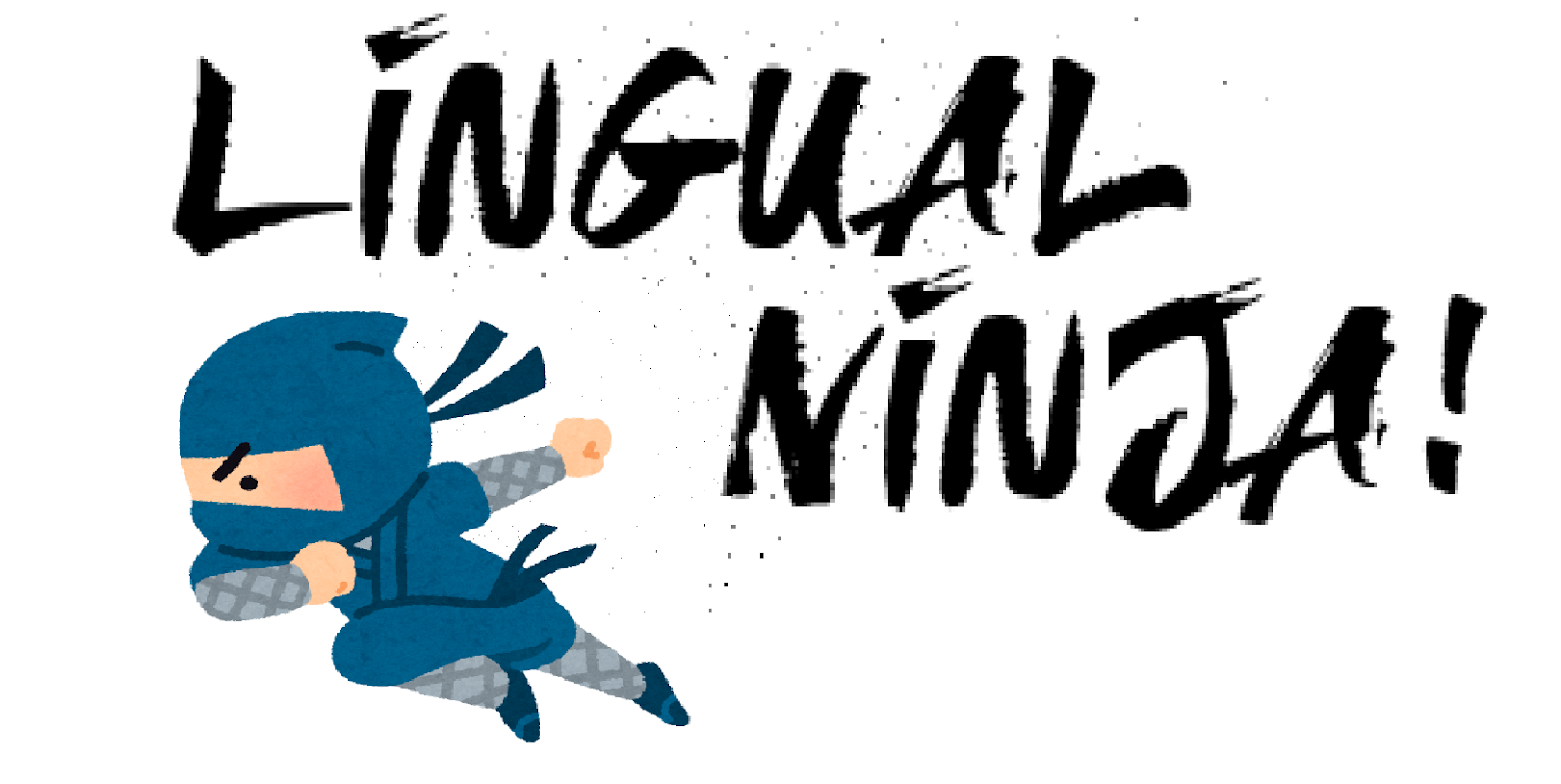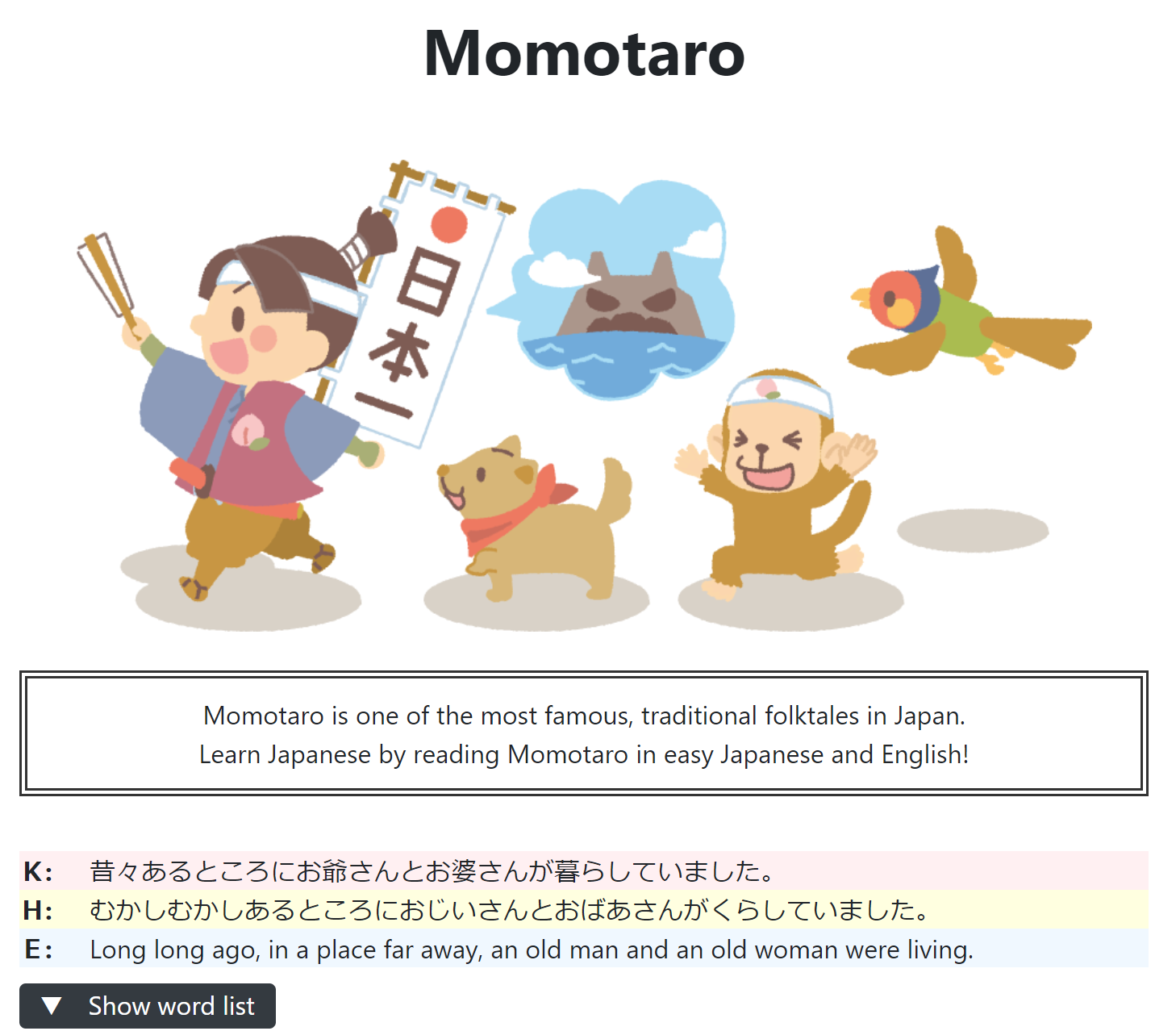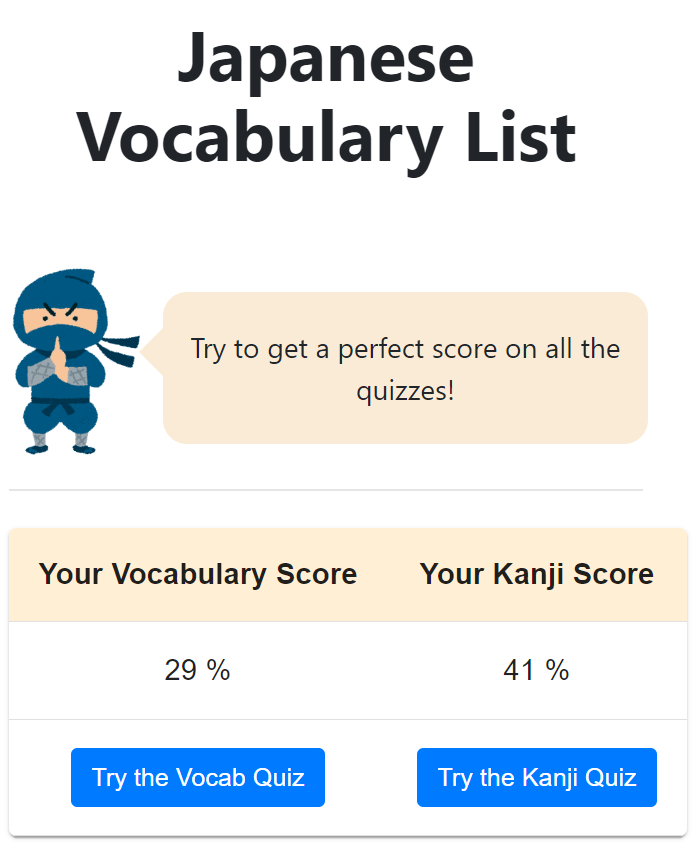Hiragana's basic rule is explained in the previous article!
Hiragana list >>
In addition to that, you should understand "Dull sound"!
Dull sound is based on basic Hiragana characters.
They are like below:
| The line of G | が (ga) | ぎ (gi) | ぐ (gu) | げ (ge) | ご (go) |
| The line of Z | ざ (za) | じ (ji) | ず (zu) | ぜ (ze) | ぞ (zo) |
| The line of D | だ (da) | ぢ (ji) | づ (zu) | で (de) | ど (do) |
| The line of B | ば (ba) | び (bi) | ぶ (bu) | べ (be) | ぼ (bo) |
What do you think?
Is this easy to remember.
When you compare this with the basic Hiragana chart, you will know this is quite easy.
Below is a part of the basic Hiragana chart corresponded to dull sound:
| The line of K | か (ka) | き (ki) | く (ku) | け (ke) | こ (ko) |
| The line of S | さ (sa) | し (shi) | す (su) | せ (se) | そ (so) |
| The line of T | た (ta) | ち (chi) | つ (tsu) | て (te) | と (to) |
| The line of H | は (ha) | ひ (hi) | ふ (fu) | へ (he) | ほ (ho) |
Have you already remembered the chart above?
When you want to write a character of dull sound, you just need to write two small points at the upper right of the character.
(You will see it when you compare the two charts above.)
These two small points are called "sonant mark".
Officially, there are only 20 characters of dull sound in the chart, and they are easy to remember, right?
Sometimes Japanese people give the sonant mark to other Hiragana characters, like あ(a).
But it is not official.
Maybe you will see that way to use a sonant mark on the internet.
However, I recommend you to use sonant mark only for the 20 characters above, because it is the official way to use it.
In the next article, I will explain about P-sound!
P-sound >>
I hope this article helps you study Japanese.
Thank you for reading this article!






















No comments:
Post a Comment